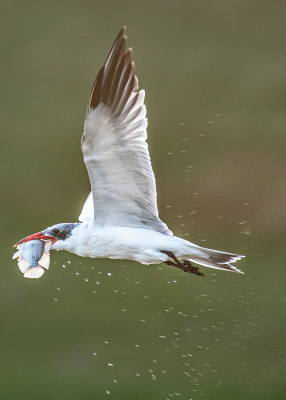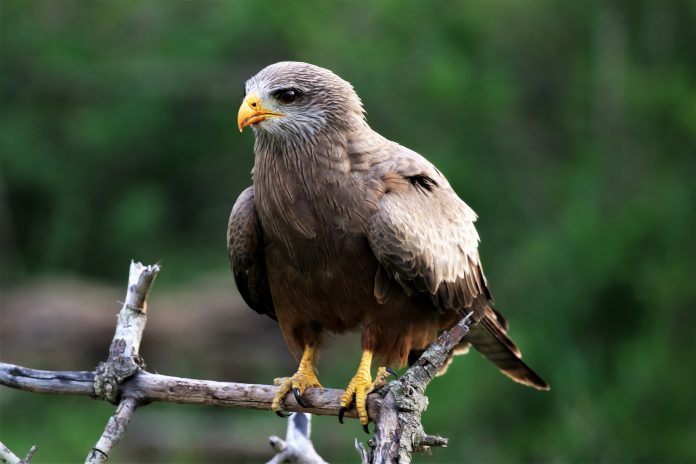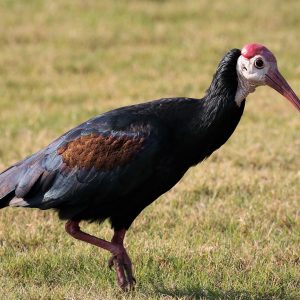There is something incredibly exciting about the arrival of our beautiful Yellow-billed Kites every year. It’s World Migratory Bird Day this month and we asked Mount Edgecombe Country Club Estate’s Birds and Environment Club chairman Harry Voorma to share its importance.

As one of the first migratory birds to arrive in Southern Africa every year, hearing the distinctive, piercing call of the Yellow-billed Kite and watching them swoop down to catch their prey is always a welcome reminder that summer is just around the corner.
This year, 9 October is being recognized globally as World Migratory Bird Day. The aim is to raise awareness and highlight the importance of conserving and restoring the ecological connectivity and integrity of ecosystems that support the natural movements of migratory birds.
The Mount Edgecombe Country Club Estate (MECCE) has an active and enthusiastic Bird and Environment club made up of residents who often conduct walks through the estate’s forests and bring speakers in to educate residents about birds and their environment.
Harry Vooma, who is the chairman of the club, is an avid birder. Originally from Holland, he says his love of South African birds was one of the contributing factors that led to him buying a home in MECCE.
“My love for birds encouraged me to want to share my passion with others, so I became chairman of the club. We regularly have walks through the different areas on our estate and often identify over 50 birds at a time. Recently we have been focusing on educating children and encouraging them to learn about bird life.”
Speaking about migratory birds, Harry says many of these birds fly thousands of kilometres to find the best ecological conditions and habitats for feeding, breeding and raising their young, often returning to the same sites year after year. The theme for the 2021 World Migratory Bird Day is, ‘Sing, Fly, Soar – Like a Bird’.
“The theme strives to highlight just how unique our migratory birds are and how we should take the time to listen, watch and learn about them. And, of course, protect them. There are about 600 bird species in KZN, making it the best province for birding in the country. We have over 220 species on our estate alone.”
One of the most common long distant migrants seen on the estate, he says, is the Barn Swallow, which nests and breeds in Europe and flies all the way to KZN in October/ November to roost. They leave around March/April.
“One of the best-known examples of birds that arrive before summer and leave in late summer is the Yellow-billed Kite, which is very common from August to March and then leaves to central Africa. Other examples are the Diederik Cuckoo, African Paradise Flycatcher and the Red-chested Cuckoo.”

Harry loves encouraging people to take up birding as a hobby, as he says there is just so much to learn – and it also teaches you about the environment. “Birding makes you aware of things like the effects of urbanisation, how important our waterways are and how we must look at the long term sustainability of our environment.”
And, he says, it’s easy to get started! “All you really need to get started is a keen interest. A pair of binoculars and a good bird book are also recommended. It’s a good idea to keep track of what birds you’ve spotted, as this encourages a birder to seek out even more birds. There are also great apps available to help you keep track and identify what you’ve seen.”
Asked what his most exciting spotting to date has been Harry says the Blue Quail. “These are very small, rare and shy, making them extremely difficult to spot.”








